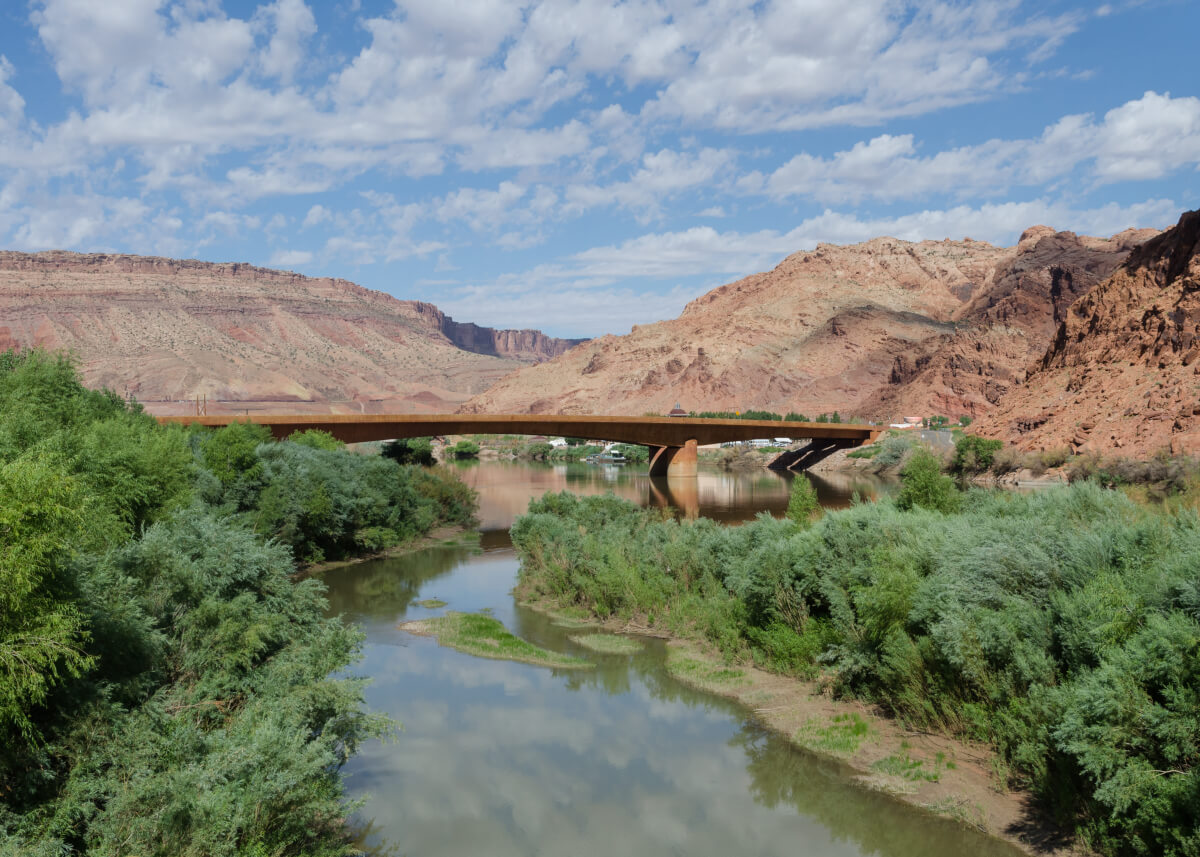The states of Arizona and Nevada are at risk of getting less water from the Colorado river in 2020 because of a persistent drought.
The United States Bureau of Reclamation released a projection showing a 52 percent chance that the river’s biggest reservoir, Lake Mead in Arizona and Nevada, will lose enough water to make reductions in water supply necessary.
Should that happen, both states would be the first ones to have their water supply reduced. A further decrease in the reservoir could also mean cuts for other states that depend on the reservoir. Parts of the country of Mexico will also be affected.
Arizona would receive the brunt of the impact of the cutback, losing 11.4 percent or 320,000 acre-feet of its annual allocation from the Colorado. For perspective, one acre-foot (325,851 gallons) is enough water to provide for an average suburban American household for a year.
Nevada would lose 13,000 acre-feet or 4.3 percent of its annual allocation.
While Lake Mead has never fallen low enough to make cutback essential, a drought that has lasted for nearly two decades and an increasing demand is triggering the likelihood of a shortage.
Bureau of Reclamation Chief Brenda Burman said in a written statement that “We need action and we need it now”. The shortage projection prompted Burman to follow-up on seven river states and their commitment to complete contingency plans which have long been delayed. She wants the plans to be finished by the end of 2018.
Burman also said, “We can’t afford to wait for a crisis before we implement drought contingency plans.”
While plans are already being drawn, Burman has limited authority, aside from verbal reminders, to apply them. The river is managed by a complex collection of international and interstate agreements as well as court decisions. No single agency is governing it.
The agreements specify that cutbacks will be applied once the surface of Lake Mead goes to 1,075 feet above sea level. As of May 24, 2018, the lake’s surface was at 1,081.28 feet above sea level, down 1.2 feet from one year before.

The Colorado river serves around 40 million people and 6,300 square miles of farmland in the United States and Mexico. In the United States, the river and its tributaries are being used by the states of Arizona, California, Colorado, Nevada, New Mexico, Utah and Wyoming. It’s also used as a source of water by 20 Native American reservations.
Water is one of the most important resources on the planet. With the possible cutbacks on supply being more likely, sourcing and storing water for later use becomes more important. American Survival Guide has an article that discusses the different methods of storing water for later use.


